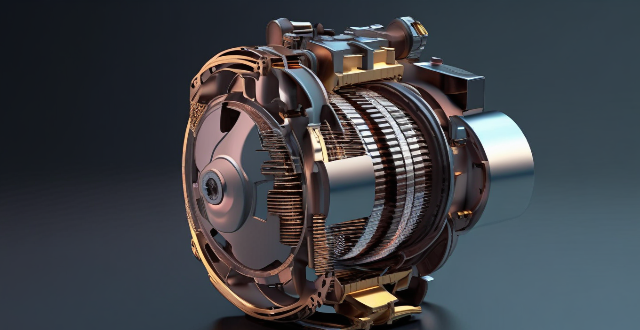The combination motor drive has several advantages over a single motor drive, including improved performance, enhanced reliability, flexibility in design, energy efficiency, and modularity and scalability. However, it also has disadvantages such as complexity, cost, space requirements, synchronization issues, and integration challenges.

Advantages and Disadvantages of Using a Combination Motor Drive Compared to a Single Motor Drive
Advantages:
1. Improved Performance
- Increased power output due to the combination of multiple motors.
- Better acceleration and torque control, especially in heavy-duty applications.
2. Enhanced Reliability
- Redundancy in case one motor fails, as the system can still operate with reduced capacity.
- Reduced wear and tear on individual motors since load is shared among them.
3. Flexibility in Design
- Ability to customize the drive system for specific requirements by choosing different motor types and configurations.
- Easier integration with existing systems or machinery.
4. Energy Efficiency
- More efficient use of energy resources by distributing the load across multiple motors.
- Potential for regenerative braking, which can recover some energy during deceleration phases.
5. Modularity and Scalability
- Easier maintenance and replacement of individual motors without affecting the entire system.
- Possibility to expand the system by adding more motors as needed.
Disadvantages:
1. Complexity
- Increased complexity of the control system required to manage multiple motors.
- Greater challenge in terms of software programming and hardware interfacing.
2. Cost
- Higher initial investment cost due to the need for additional components such as controllers, wiring, and sensors.
- Potential for increased maintenance costs over time.
3. Space Requirements
- Larger footprint required to accommodate multiple motors and associated equipment.
- Potential issues with heat dissipation and ventilation if space is limited.
4. Synchronization Issues
- Difficulty in ensuring precise synchronization between motors, especially at high speeds or under varying loads.
- Potential for uneven wear and tear if synchronization is not properly maintained.
5. Integration Challenges
- Compatibility issues when integrating different types of motors into a single system.
- Additional engineering effort required to ensure seamless operation and communication between all components involved.